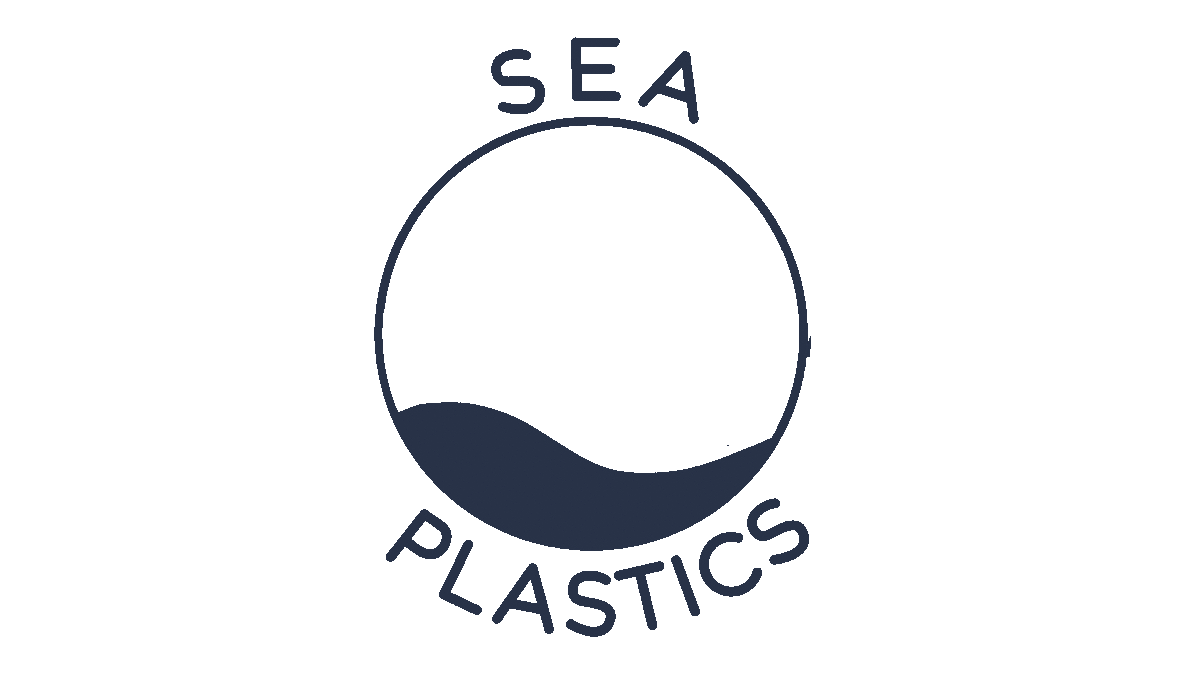#Friday Science 4
Tous les vendredis, nous vulgarisons une ou des études portant sur les microplastiques en Méditerranée.
Le Courant Nord Méditerranéen : un rôle majeur dans distribution des micro-plastiques ?
Qu'est-ce que le Courant Nord Méditerranéen ?
Passant le long des côtes italiennes, françaises et espagnoles, le Courant Nord Méditerranéen (CNM) domine le bassin Occidental Méditerranéen. Le courant s'écoule de façon cyclique depuis le Golfe de Gênes (Italie) jusqu'au sud du golfe de Valence (Espagne).

Circulation cyclonique du Courant Nord Méditérranéen (CNM)
Circulant le long de côtes très peuplées depuis des millénaires et devant des embouchures de grands fleuves, les scientifiques se sont interrogés sur le rôle potentiel de ce courant dans la distribution des micro-plastiques. En effet, les recherches montrent une hétérogénéité dans la répartition des micro-plastiques avec des zones beaucoup plus concentrés que d'autres (voir #FridayScience2). L'archipel des Baléares apparaît par exemple comme une zone de forte accumulation de plastiques ce qui peut sembler assez paradoxal au vu de sa position géographique.

Une ciculation le long de grandes urbanisations

Une ciculation le long d'embouchures de fleuves ayant de très grands bassins versants
Un rôle dans la répartition des micro-plastiques prouvé ?
Plusieurs études soulignent le rôle du CNM pour expliquer la répartition des micro-plastiques. En effet, c'est une hypothèse forte pour expliquer les fortes abondances de micro-plastiques dans la mer Catalane et des Baléares à cause de :
-
la proximité du CNM avec la côte pouvant entraîner un taux de dispersion plus élevé des micro-plastiques plus proches des rivages
-
l'accumulation de micro-plastiques le long de sa trajectoire lors de son passage dans la mer de Ligure et dans le golfe du Lion
Les études estiment que le CNM pourrait transporter jusqu'à 1 trillion de micro-particules de plastique, soit un poids de 86 tonnes [2] [5] !
Une problématique au cœur de l'expédition SEA Plastics 2020
L'expédition SEA Plastics 2020 a pour ambition, dans la même direction des études existantes, d'échantillonner de Monaco jusqu'à Alicante en passant à la fois par les Baléares et la côte catalane, afin de renforcer l'hypothèse du rôle du CNM dans la répartition des micro-plastiques et de détecter d'autres éventuelles zones d'accumulation.
Bibliographie :
[1] Arnau, P., Liquete, C., Canals, M., 2004. River mouth plume events and their dispersal in the Northwestern Mediterranean Sea. Oceanography 17 (3), 22–31.
[2] Schmidt, N., Thibault, D., Galgani, F., Paluselli, A., Sempéré, R., 2018. Occurrence of microplastics in surface waters of the Gulf of Lion (NW Mediterranean Sea). Prog. Oceanogr. 163, 214–220. https://doi.org/10.1016/j.pocean.2017.11.010. (Elsevier).
[3] El-Geziry, T.M., Bryden, I.G., 2010. The circulation pattern in the Mediterranean Sea: issues for modeller consideration. J. Oper. Oceanogr. 3, 39–46. http://dx.doi.org/10.1080/1755876X.2010.11020116.
[4] Poulain, P. M., Menna, M., & Mauri, E. (2012). Surface geostrophic circulation of the Mediterranean Sea derived from drifter and satellite altimeter data. Journal of Physical Oceanography, 42(6), 973-990.
[5] Millot, C., 1999. Circulation in the western Mediterranean Sea. J. Mar. Syst. 20, 423–442.https://doi.org/10.1016/S0924-7963(98)00078-5
Synthèse et rédaction : Aitor Fernandez, Clea Abelló
Interface graphique : Benjamin Pannetier
©SEAPLASTICS
